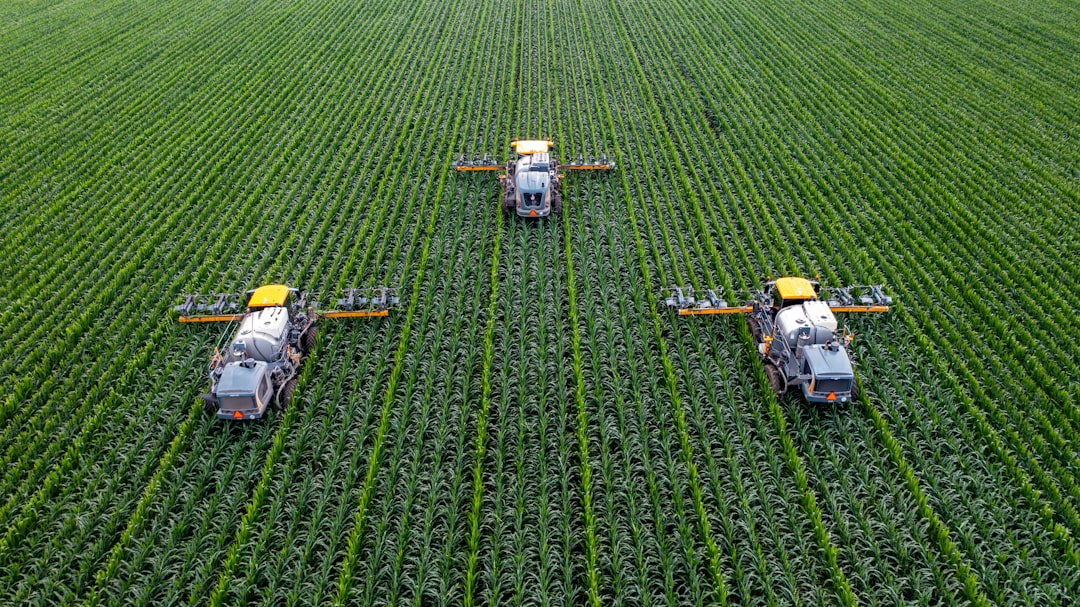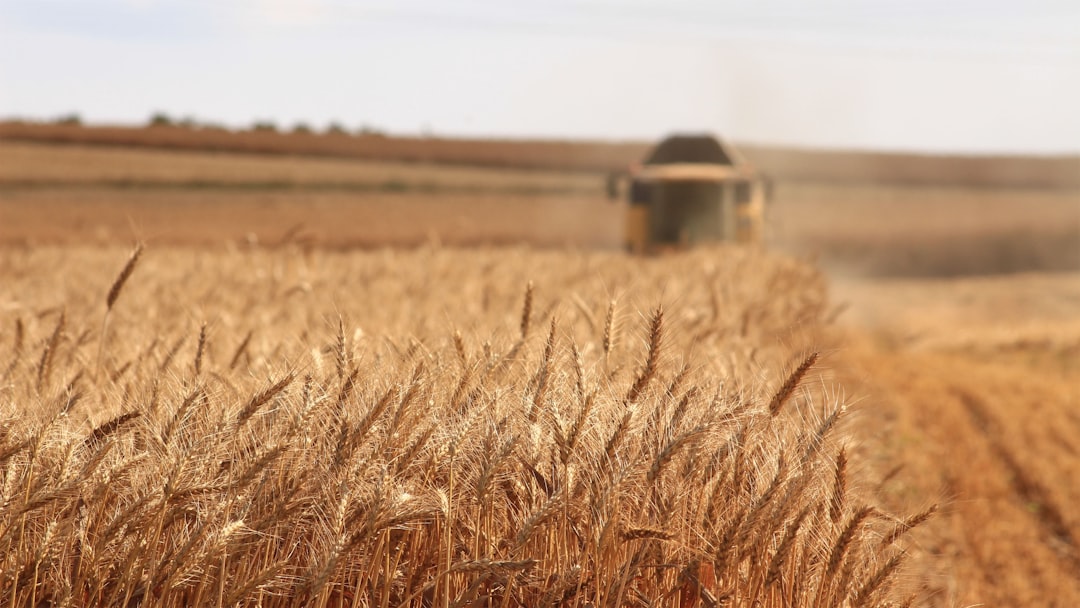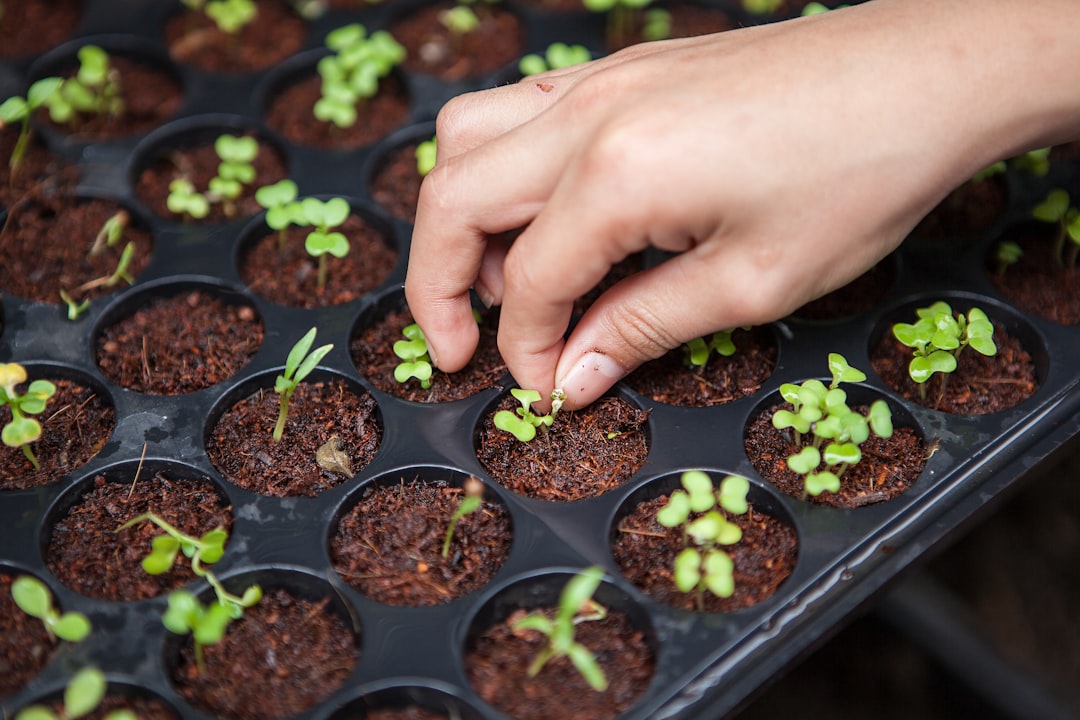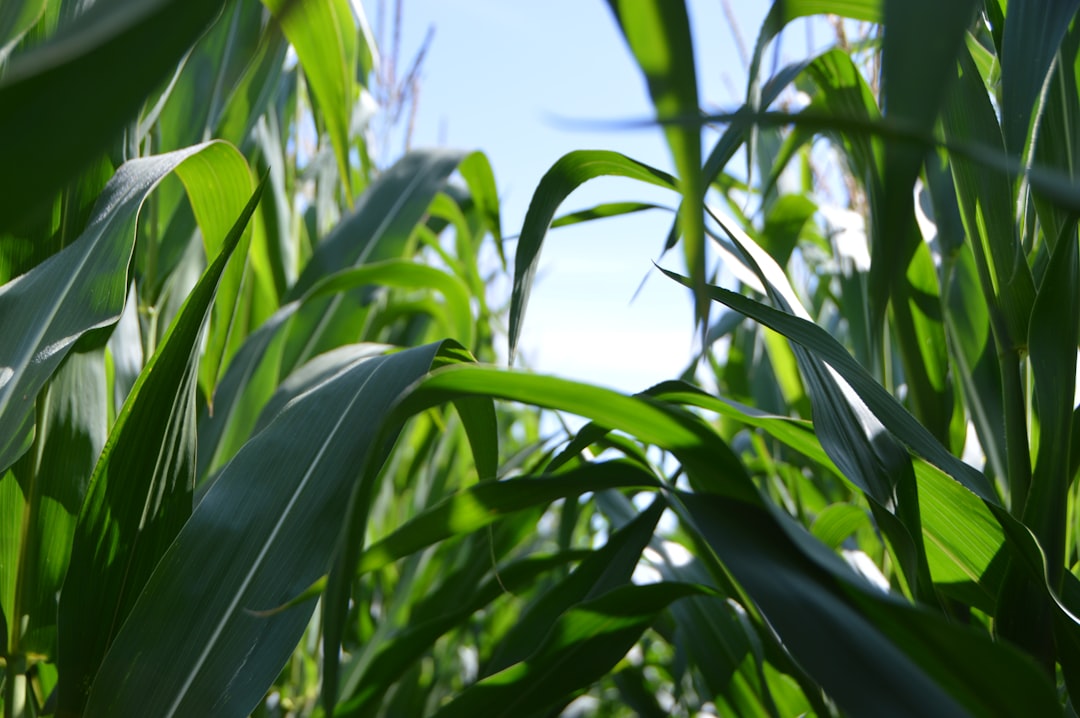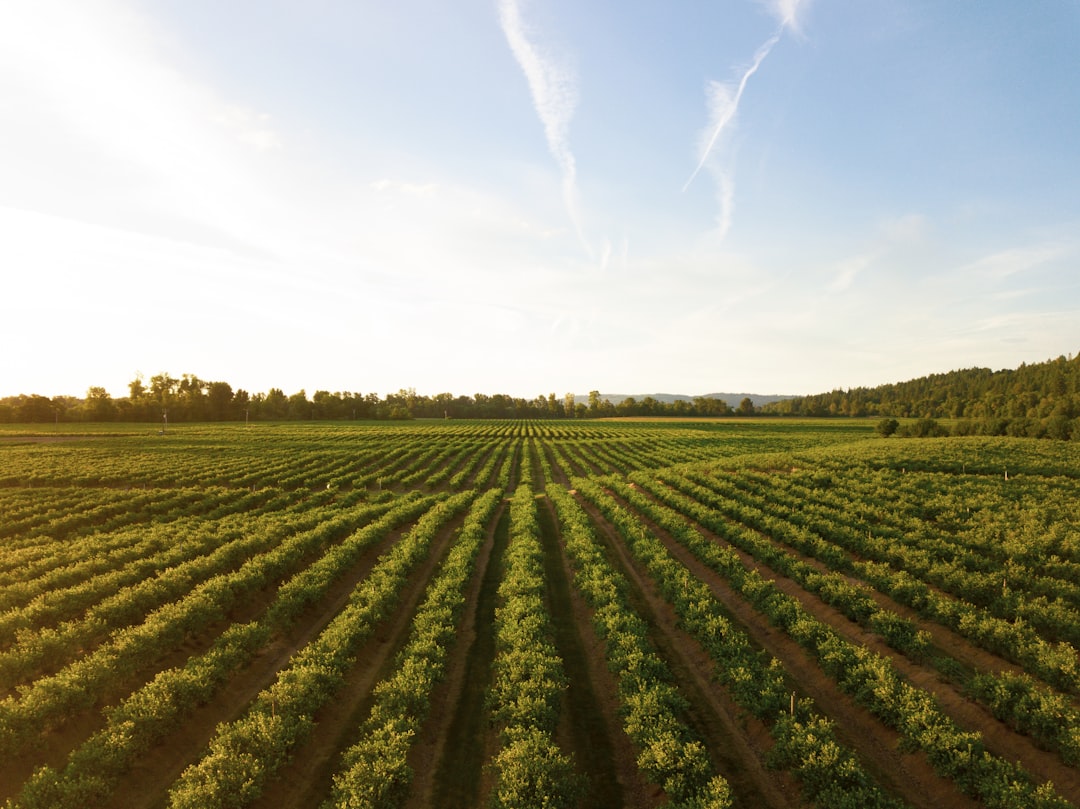Agriculture has come a long way since the days of manual labor and traditional farming methods. Today, the field of agriculture is rapidly evolving, and technology is playing a major role in shaping the industry. One of the most significant advancements in modern agriculture is the integration of artificial intelligence (AI) into farming practices.
AI is revolutionizing the way farmers approach crop management, livestock care, and sustainable agriculture. With the help of AI, farmers can now collect and analyze vast amounts of data, make informed decisions, and optimize their farming practices for better yields, higher efficiency, and improved sustainability.
In this blog post, we will explore the various ways in which AI is transforming agriculture. From smart farming to precision agriculture, crop monitoring to livestock management, we will dive deep into the different applications of AI in agriculture and examine how they are changing the game for farmers around the world. So, let’s get started and explore the exciting world of AI in agriculture!
Smart Farming: Automation in Agriculture
As the world’s population continues to grow, the demand for food production increases, and farmers are facing the challenge of producing more food with fewer resources. Smart farming, also known as precision agriculture, is a farming method that uses technology to optimize crop production, reduce waste, and increase efficiency.
One of the key components of smart farming is automation. Automation involves the use of machines and technology to perform tasks that were traditionally done by humans. This includes tasks such as planting, harvesting, and irrigation. By automating these tasks, farmers can save time, reduce labor costs, and improve efficiency.
Automated machines and sensors can be used to monitor soil moisture, temperature, and nutrient levels. This data can be analyzed and used to optimize crop growth and yield. For example, if sensors detect that the soil is too dry, an automated irrigation system can be activated to water the crops. This not only saves water but also ensures that the crops are receiving the right amount of water at the right time.
In addition to automation, smart farming also involves the use of drones and satellite imagery for crop monitoring. Drones can be equipped with sensors and cameras to provide real-time data on crop health and growth. This data can be used to identify areas of the field that need attention, such as areas of low nutrient levels or areas where pests are present. Satellite imagery can also be used to monitor crop growth and detect changes in soil moisture levels.
Overall, smart farming is revolutionizing the agriculture industry by increasing efficiency, reducing waste, and optimizing crop production. Automation is just one aspect of smart farming, but it plays a crucial role in achieving these goals. As technology continues to advance, we can expect to see even more innovative solutions for agriculture that will help farmers meet the growing demand for food production.
One of the key components of smart farming is automation.
Precision Agriculture: Data-driven Farming
Precision agriculture refers to the use of technology to optimize crop yield and reduce waste. It relies heavily on data-driven decision-making, which is made possible through the use of sensors, GPS mapping, and machine learning algorithms. By analyzing data on the health and growth of crops, farmers can make informed decisions about when to irrigate, fertilize, and harvest.
One of the key benefits of precision agriculture is its ability to reduce the amount of resources required to grow crops. By using data to tailor inputs like water and fertilizer to the specific needs of each plant, farmers can reduce waste and save money. In addition, precision agriculture can help farmers reduce their environmental impact by minimizing the use of harmful chemicals and reducing greenhouse gas emissions.
The use of precision agriculture is not limited to large-scale commercial farms. Small-scale farmers can also benefit from data-driven decision making, which can help them optimize their yields and reduce waste. In fact, precision agriculture has the potential to revolutionize the way we produce food, making it more sustainable, efficient, and environmentally friendly.
While precision agriculture is still a relatively new field, it has already shown great promise. By using data to optimize crop growth and reduce waste, farmers can improve their bottom line while also reducing their environmental impact. As technology continues to develop, we can expect to see even more innovative applications of precision agriculture in the future.
The use of precision agriculture is not limited to large-scale commercial farms.
Crop Monitoring: AI-powered Crop Management
The use of Artificial Intelligence (AI) in agriculture has revolutionized the way farmers manage their crops. AI-powered crop monitoring systems have become increasingly popular in recent years, providing farmers with real-time data and insights into their crops’ health and growth. This technology has helped farmers make informed decisions and take proactive measures to prevent crop damage and yield loss.
AI-powered crop monitoring systems use a combination of sensors, drones, and machine learning algorithms to collect and analyze data on crop health, growth, and productivity. These systems can monitor a variety of factors, such as soil moisture, temperature, humidity, and nutrient levels, to provide farmers with a comprehensive understanding of their crops’ needs.
The data collected by these systems is analyzed using machine learning algorithms, which can identify patterns and trends in the data that may be invisible to the human eye. For example, these algorithms can detect early signs of disease or pest infestations, allowing farmers to take action before the problem becomes severe.
One of the most significant benefits of AI-powered crop monitoring systems is that they enable farmers to optimize their use of resources, such as water and fertilizer. By providing real-time data on soil moisture and nutrient levels, these systems can help farmers adjust their irrigation and fertilization practices to ensure that their crops receive the optimal amount of resources.
Another benefit of AI-powered crop monitoring systems is that they can help farmers reduce their environmental impact. By optimizing their use of resources, farmers can reduce the amount of water and fertilizer they use, which can help prevent pollution and conserve natural resources.
AI-powered crop monitoring systems have become an essential tool for modern farmers. By providing real-time data and insights into crop health and growth, these systems can help farmers make informed decisions and take proactive measures to prevent crop damage and yield loss. As this technology continues to evolve, it has the potential to revolutionize the way we grow and manage crops, making agriculture more efficient, sustainable, and productive.
AI-powered crop monitoring systems have become an essential tool for modern farmers.
Livestock Management: AI in Animal Husbandry
As the world population continues to grow, the demand for food, especially meat, is also increasing. This has put a lot of pressure on the livestock industry to produce more while maintaining high standards of animal welfare. Fortunately, AI has emerged as a game-changer in animal husbandry, enabling farmers to monitor their livestock’s health, behavior, and productivity efficiently.
One of the most significant applications of AI in livestock management is in the monitoring of animal health. By analyzing data from sensors and cameras, AI algorithms can detect early signs of disease or injury, allowing farmers to take action before the problem becomes severe. This not only saves the lives of the animals but also reduces the risk of spreading diseases to other animals and humans.
AI is also being used to track animal behavior and improve the efficiency of feeding and breeding programs. By analyzing data from sensors and cameras, AI algorithms can detect patterns in animal behavior, such as feeding habits, social interactions, and reproduction cycles. This information can be used to optimize feeding schedules, select the best breeding pairs, and improve overall productivity.
Another area where AI is making a significant impact is in the prediction of animal performance. By analyzing data from sensors and cameras, AI algorithms can predict the future growth and productivity of individual animals, enabling farmers to make informed decisions about their management. This can lead to significant improvements in efficiency, profitability, and animal welfare.
Overall, AI is transforming the livestock industry by providing farmers with new tools to monitor and manage their animals effectively. By improving animal health, behavior, and productivity, AI is helping farmers meet the growing demand for food while maintaining high standards of animal welfare. As the technology continues to evolve, we can expect even more exciting developments in the field of animal husbandry.
As the technology continues to evolve, we can expect even more exciting developments in the field of animal husbandry.
AI and Climate Change: Sustainable Agriculture
As the world population continues to grow, so does the demand for food. However, climate change is posing a threat to our ability to meet this demand. Extreme weather conditions such as droughts, floods, and heatwaves are becoming more frequent, making it increasingly challenging for farmers to produce food sustainably. This is where AI comes in, offering solutions to help mitigate the effects of climate change and make agriculture more sustainable.
One of the ways AI can help is by optimizing irrigation. Water is a precious resource, and with changing weather patterns, it is becoming scarce in many parts of the world. AI-powered irrigation systems can help farmers use water more efficiently by analyzing weather data, soil moisture levels, and crop water requirements. This information is then used to adjust irrigation schedules, ensuring crops receive the right amount of water at the right time, reducing water waste and increasing crop yields.
AI can also help with crop selection. As climate change alters growing conditions, some crops may no longer be viable in certain areas. AI-powered systems can analyze data on temperature, rainfall, and soil conditions to identify which crops are most likely to thrive in a particular location. This helps farmers make informed decisions about what to plant, reducing the risk of crop failure and increasing food security.
Another way AI can help is by predicting and managing pests and diseases. As temperatures rise, pests and diseases are becoming more prevalent, posing a threat to crops and livestock. AI-powered systems can analyze data from sensors, drones, and satellite imagery to detect changes in plant health, identifying potential problems before they become widespread. This allows farmers to take action quickly, reducing the need for pesticides and other chemicals that can harm the environment.
Finally, AI can help reduce greenhouse gas emissions from agriculture. Livestock farming is a significant contributor to greenhouse gas emissions, but AI-powered systems can help farmers manage their herds more efficiently. By analyzing data on animal behavior, feed intake, and health, AI can help farmers reduce the amount of feed and water needed, reducing emissions and improving animal welfare.
AI has the potential to revolutionize agriculture and make it more sustainable in the face of climate change. From optimizing irrigation to predicting and managing pests and diseases, AI-powered systems can help farmers produce more food with fewer resources, reducing the impact of agriculture on the environment. As we continue to face the challenges of climate change, AI will undoubtedly play a critical role in ensuring we can feed the world sustainably.
This allows farmers to take action quickly, reducing the need for pesticides and other chemicals that can harm the environment.
Conclusion: AI as a Game Changer in Agriculture
As we have explored in the previous sections, AI is revolutionizing the agriculture industry in various ways. From smart farming to precision agriculture, AI-powered crop monitoring to livestock management, and even in mitigating the impact of climate change, AI is proving to be a game changer in agriculture.
With the help of AI, farmers can now make data-driven decisions, optimize crop yields, reduce waste, and enhance the overall efficiency of their operations. Smart farming technologies such as drones and autonomous tractors are improving the accuracy and speed of farming tasks, reducing labor costs, and allowing farmers to focus on more critical aspects of their operations.
Precision agriculture is transforming farming from a traditional, one-size-fits-all approach to one that is tailored to the specific needs of each crop. By analyzing data from sensors, satellites, and other sources, farmers can now optimize irrigation, fertilization, and pest control, resulting in higher yields and reduced environmental impact.
AI-powered crop monitoring is enabling farmers to detect and respond to changes in crop health and growth in real-time, allowing them to take corrective measures before significant damage occurs. This technology is also helping farmers to identify and manage diseases, pests, and other threats to their crops.
In animal husbandry, AI is improving the welfare and productivity of livestock. By monitoring animal behavior and health, farmers can identify and treat illnesses promptly, reducing the need for antibiotics and other medications. AI-powered systems are also helping farmers to optimize feeding, breeding, and other management practices, resulting in healthier and more productive animals.
Finally, AI is playing a crucial role in mitigating the impact of climate change on agriculture. By analyzing data on weather patterns, soil conditions, and other environmental factors, AI-powered systems can help farmers to adapt their practices to changing conditions, reducing the risk of crop failure and other climate-related impacts.
In conclusion, AI is transforming agriculture, providing farmers with the tools they need to optimize their operations, improve crop yields, and reduce waste. As the world’s population continues to grow, and the demand for food increases, AI will become even more critical in ensuring that we can meet this demand sustainably.

